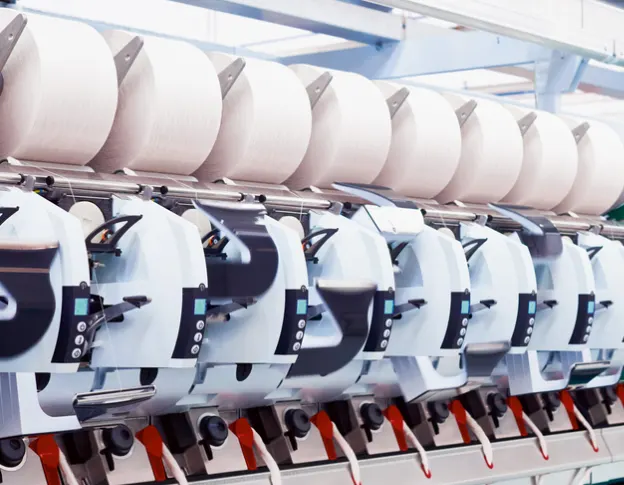quality &
performance
We offer fiber products for various textile spinning and industrial applications that excel in quality and performance. Our service levels and response times ensure that you receive the support and products you need exactly when you need them.
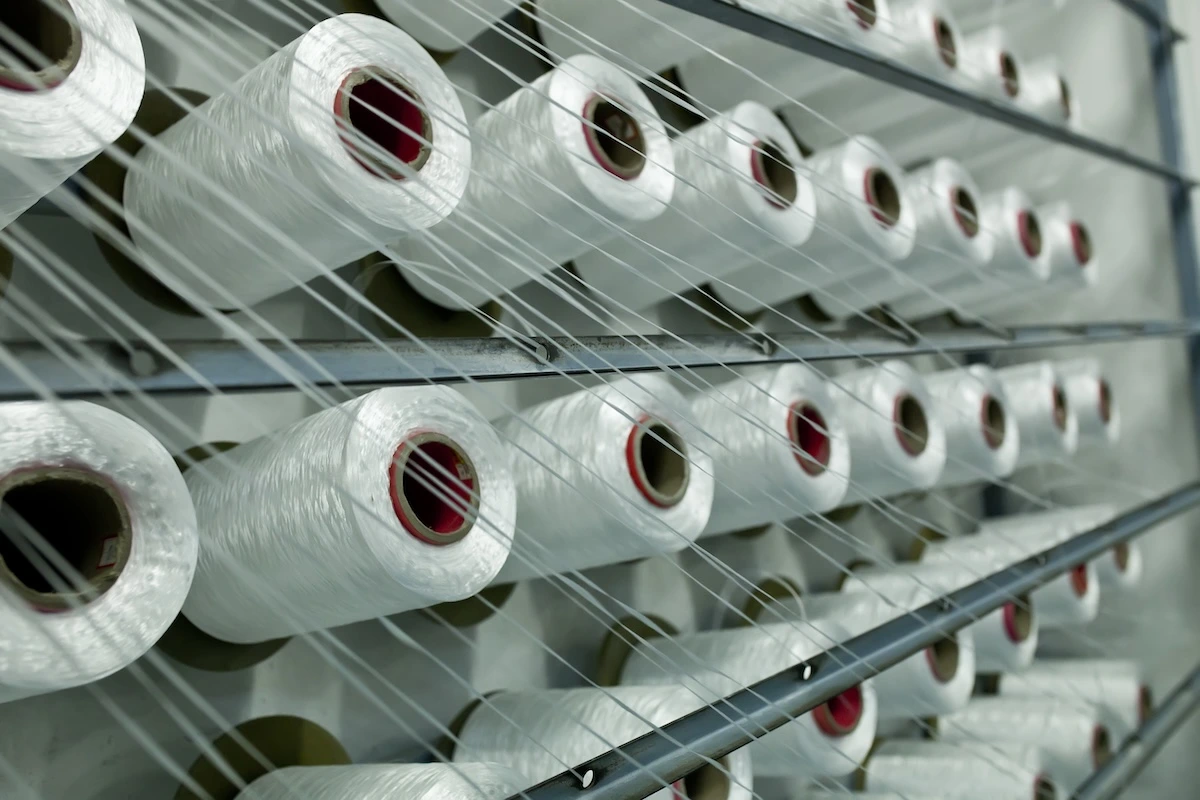
Spinning fibers are materials specifically designed for the process of spinning, where fibers are aligned, drawn out and twisted to create yarn and wound on to a package. This process transforms loose fibers into a continuous thread, which can then be used to produce textiles. Common spinning fibers include natural fibers like cotton and wool, as well as synthetic fibers such as polyester and rayon.
Characteristics of Spinning Fibers
Length and Uniformity: Spinning fibers typically have a consistent length and uniformity, which is crucial for producing smooth and even yarns. This consistency helps in reducing breakage during the spinning process and ensures a high-quality end-product.
Strength and Durability: These fibers are chosen for their strength and ability to withstand the mechanical stresses of spinning. This makes the resulting yarns strong and durable, suitable for various textile applications.
Twist Compatibility: Spinning fibers are designed to hold a twist well, which is essential for creating a cohesive and strong yarn. The twist binds the fibers together, giving the yarn its strength and elasticity.
Production Process: Spinning fibers are processed into yarn through a twisting technique, whereas nonwoven fibers are bonded together without spinning. Nonwoven fabrics are made by mechanically, thermally, or chemically bonding fibers into a sheet or web.
Fiber Length: Spinning fibers are often optimized for a more uniform length compared to fibers used in nonwovens. Nonwoven fibers can be shorter or longer and more varied in length, as they do not need to be spun into yarn.
End Use: Spinning fibers are primarily used to create yarns for woven or knitted textiles, which are then used in clothing, home textiles, and other fabric-based products. Nonwoven fibers, on the other hand, are used in applications like medical textiles, filtration, automotive interiors, and disposable products.
Bonding Methods: In nonwovens, fibers are bonded through methods like entanglement, adhesive bonding, or thermal bonding, rather than twisting. This results in a fabric that is more like a mat or web, rather than a continuous thread.
Our spinning portfolio includes recycled polyester, virgin polyester, rayon, and polypropylene.
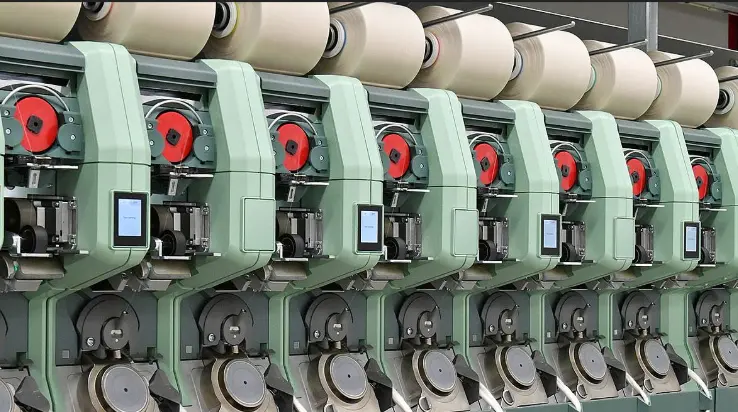
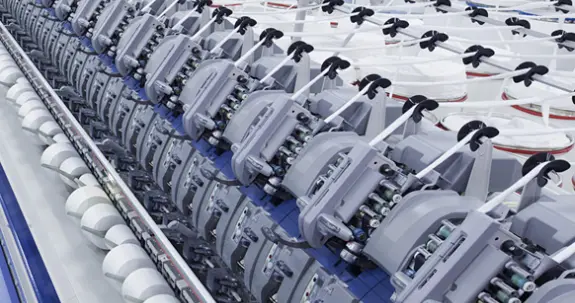
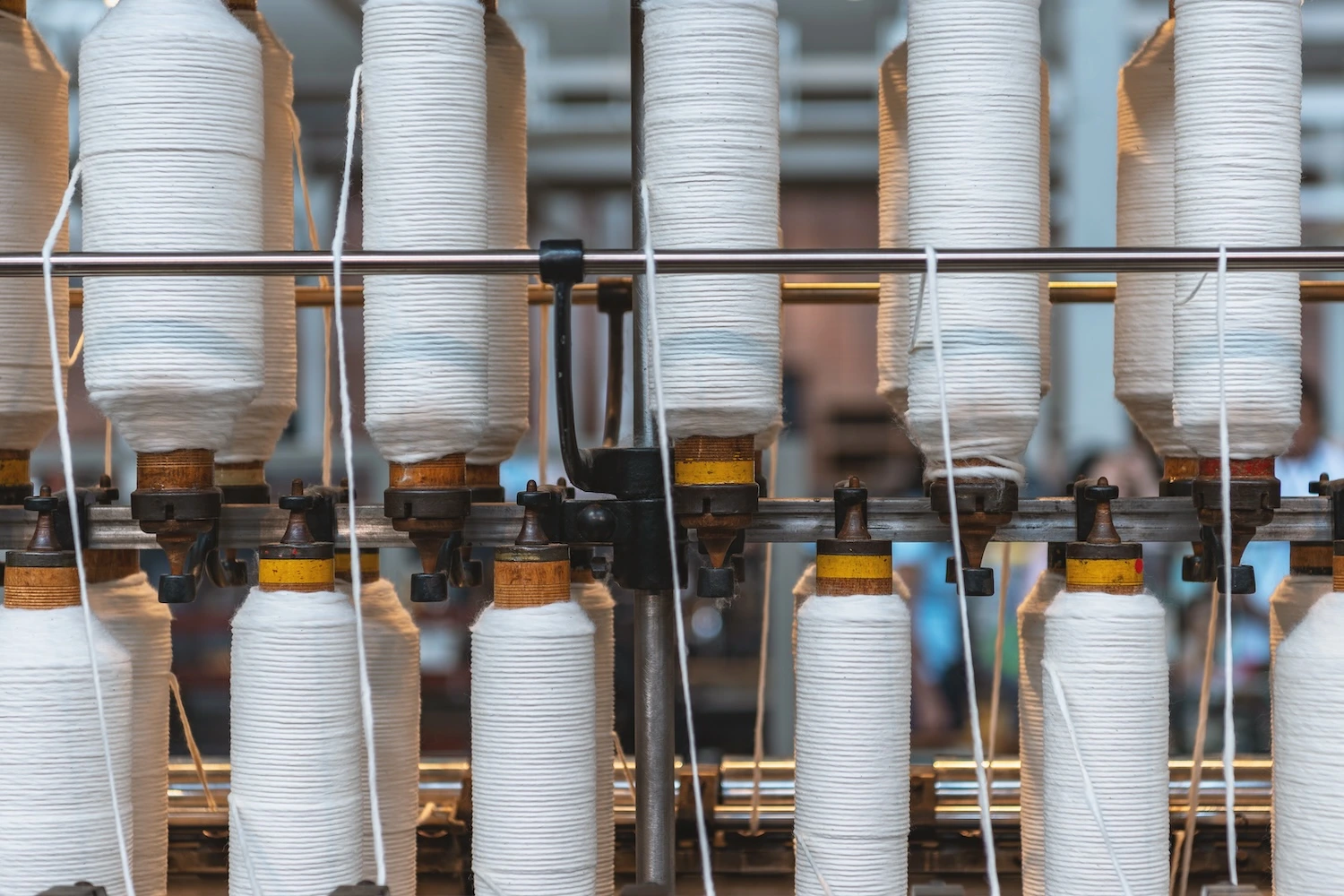
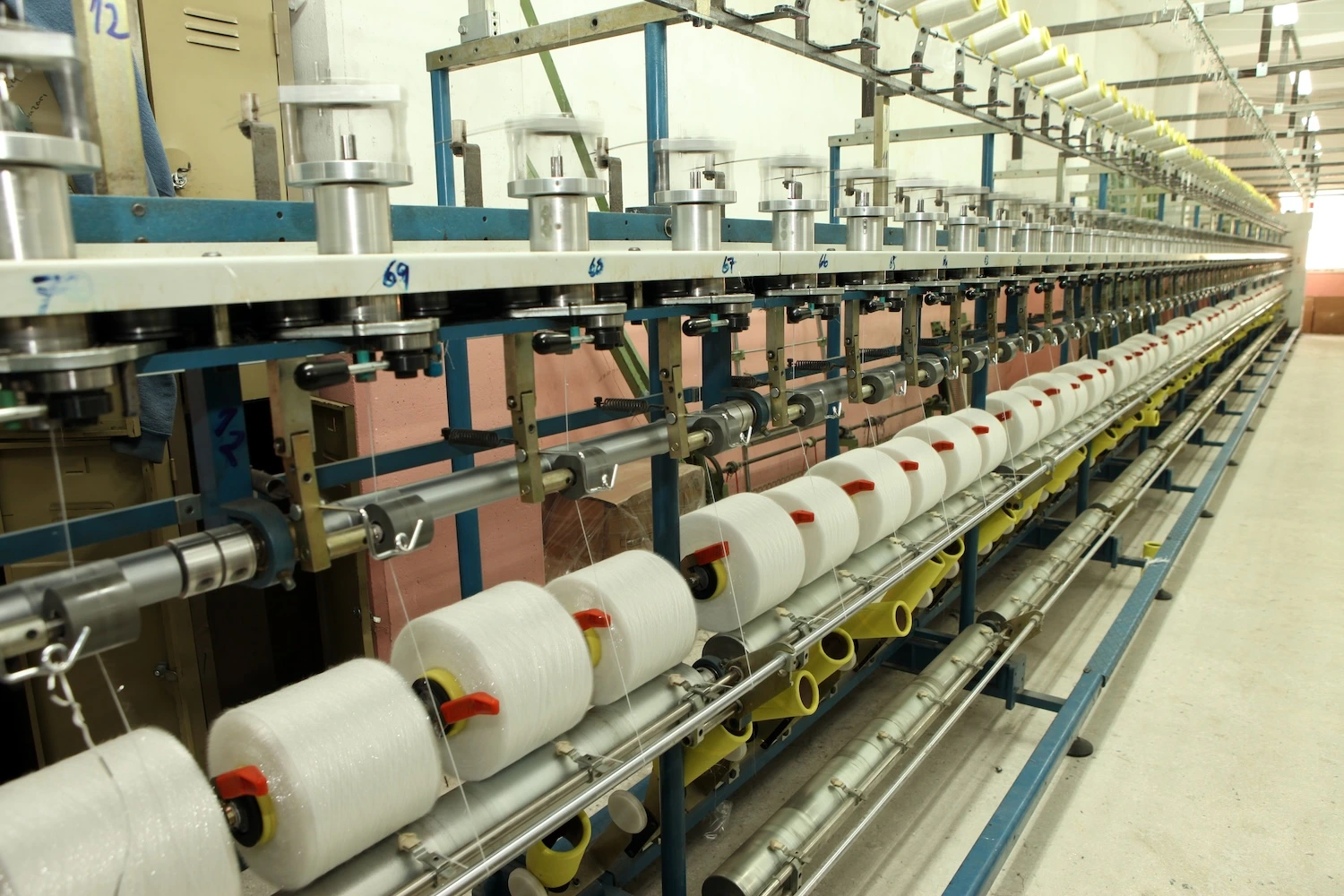
We are committed to providing only the best fibers. Our rigorous quality control processes ensure that every batch meets the highest industry standards, giving you confidence in the materials you receive.
Timely delivery is crucial in the spinning industry. Our robust supply chain management ensures that you get your fibers when you need them, helping you maintain smooth and uninterrupted production schedules.
Our team of fiber specialists is here to support you. Whether you need help selecting the right fibers for your specific needs or advice on optimizing your spinning processes, we offer expert guidance every step of the way.
Your satisfaction is our top priority. We take the time to understand your unique requirements and tailor our services to meet your needs. Our customer-centric approach ensures a seamless and positive experience from start to finish.
We are committed to sustainability and ethical sourcing. By partnering with us, you can be assured that the fibers you receive are produced and distributed with a focus on environmental responsibility and social accountability.
We offer competitive pricing without compromising on quality. Our efficient operations and strong relationships with manufacturers allow us to provide you with the best value for your investment.
At Everra, we go above and beyond to advocate for our clients, leveraging our understanding of nuanced end-market material requirements, and offering creative solutions to fill supply chain gaps.
High-quality, cost-effective options drive customer satisfaction and profitability.
Streamlined shipping and delivery processes ensure you get what you need when you need it.
Secure and local storage facilities offer scalable solutions for small to large-scale operations.
Customer service teams that help you build stronger relationships with your customers.
Custom distribution plans that seamlessly align with your unique operational requirements.
Streamlined order processing and data-driven decisions help mitigate supply chain risks.
Data insights that help stay ahead of market changes and achieve sustainable growth.

